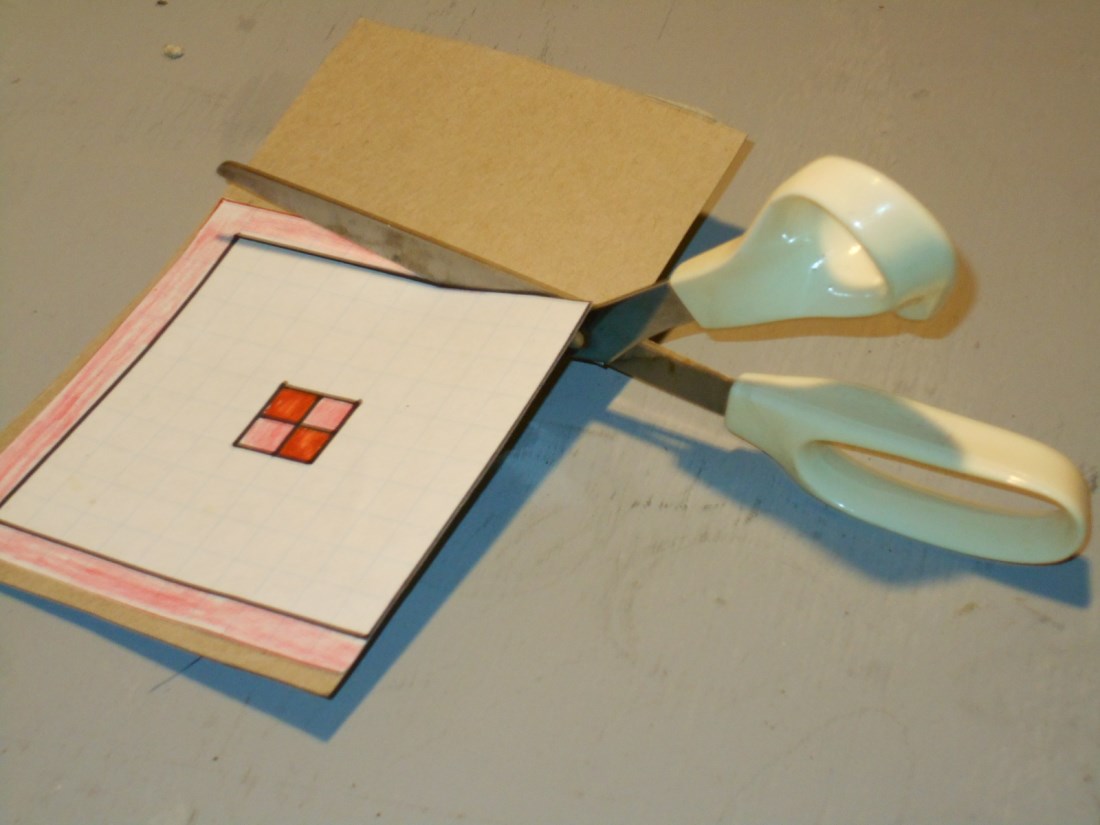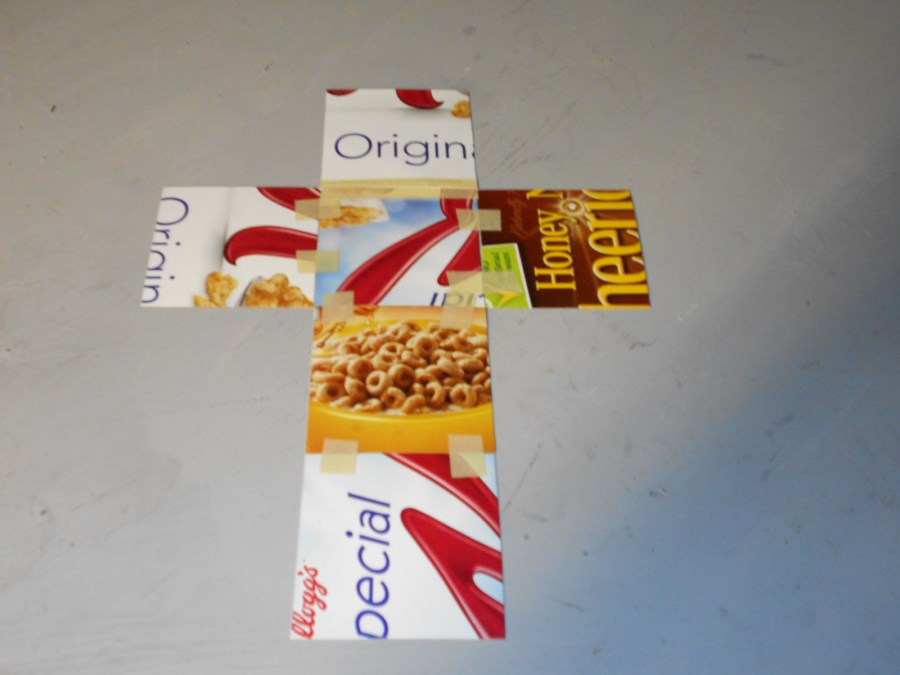
Introduction
How to Make a Tetrahedron
Before designing and constructing a tetrahedron, you should have designed and constructed a cubic decimeter. (dm≥)
This is very important because when you make the cube, you are practicing design and construction skills.
These skills can be used to help
you make more complicated
structures.
This is very important because when you make the cube, you are practicing design and construction skills.
These skills can be used to help
you make more complicated
structures.
Cutting paper accurately is an important skill.
If you think your first square was not good enough, design and construct a second or third square until you are confident in your skills and know-how.
You will need these skills because we are now going to design and construct a more complicated structure: The Regular Tetrahedron.
You will need these skills because we are now going to design and construct a more complicated structure: The Regular Tetrahedron.
Before constructing a regular tetrahedron, you should do some research by looking at images of regular and irregular tetrahedrons.
Although they may look different, they have one thing in common; they have four flat triangular surfaces.
Although they may look different, they have one thing in common; they have four flat triangular surfaces.
Making the cube taught you a great deal about design, the metric system and geometry.
When you made the cube you discovered that you had six congruent flat surfaces. All squares have congruent surfaces.
To make the cubic decimeter tetrahedron I had to make four equilateral triangles.
I used 1cm graph paper, a ruler, glue stick, roller and boxboard to make the first equilateral triangle.
I used a pencil compass, pencil, ruler and boxboard to make the second equilateral triangle.
I used a beam compass, pencil, ruler and boxboard to make the third equilateral triangle.
I used a pencil, and the first equilateral triangle, carefully cut to the proper size, as a template to trace and construct the final equilateral triangle.
Let's make the first equilateral triangle using graph paper.
When you made the cube you discovered that you had six congruent flat surfaces. All squares have congruent surfaces.
To make the cubic decimeter tetrahedron I had to make four equilateral triangles.
I used 1cm graph paper, a ruler, glue stick, roller and boxboard to make the first equilateral triangle.
I used a pencil compass, pencil, ruler and boxboard to make the second equilateral triangle.
I used a beam compass, pencil, ruler and boxboard to make the third equilateral triangle.
I used a pencil, and the first equilateral triangle, carefully cut to the proper size, as a template to trace and construct the final equilateral triangle.
Let's make the first equilateral triangle using graph paper.

Six Congruent Flat Surfaces